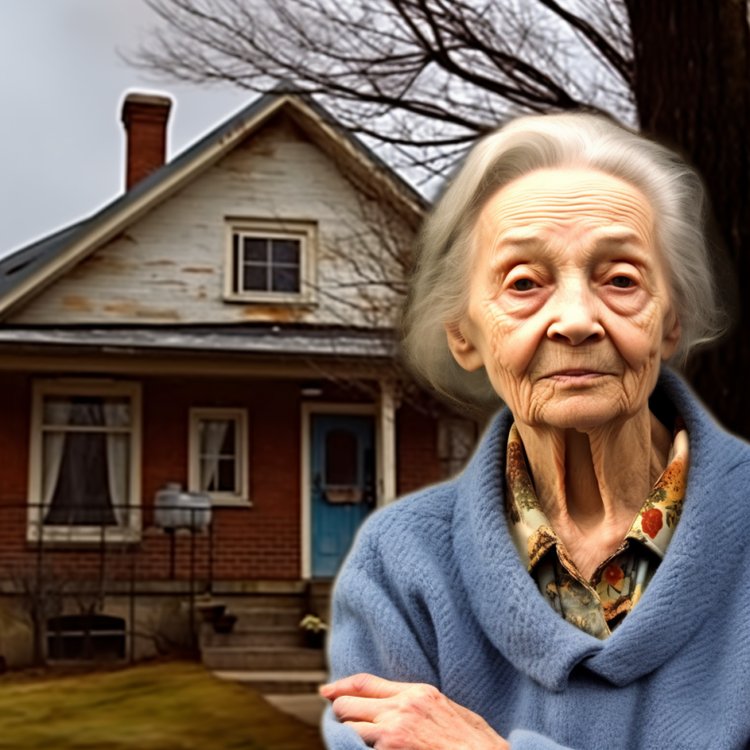Prefab Homes: Smart Living for Seniors & Families Today
Prefabricated homes deliver faster, more affordable, and adaptable housing options for seniors and families alike. Discover how prefab bungalows can provide accessible single-level living, while modern modular builds offer energy-efficient, customizable designs that suit changing needs and budgets. Learn key features, cost ranges, and what to look for in a reputable manufacturer to make an informed homebuying decision.

Prefabricated homes have become a compelling alternative to traditional site-built houses, combining factory precision with flexible design. For seniors seeking safe, low-maintenance living and families wanting a modern, budget-conscious home, prefab construction offers many advantages — from reduced build times to greater predictability in costs and quality. Below is a practical guide to why prefab bungalows suit senior living, what to expect on price and timelines, essential design features, and how to pick the right manufacturer for your project.
Why prefab bungalows are well-suited for senior living
Single-story prefab bungalows are an excellent match for aging-in-place goals. Their layout naturally removes the hazards and inconvenience of stairs, making everyday movement safer and simpler. Manufacturers can tailor these homes with accessible features such as wider doorways, zero-step or ramped entrances, and lower thresholds that accommodate wheelchairs or walkers.
Bathrooms and kitchens can be pre-configured for accessibility: walk-in showers, strategically placed grab bars, and lever-style handles all improve usability. Open floor plans, common in modern modular designs, reduce cluttered passageways and permit easier navigation. Because many builders specialize in age-friendly models, you can order a home that anticipates future mobility changes without sacrificing style or energy performance.
Cost advantages and timeline expectations
One of the strongest appeals of prefabrication is cost efficiency. Producing components in a controlled factory setting minimizes material waste, streamlines labor, and reduces weather-related delays that often lengthen and inflate traditional builds. Faster assembly on-site also cuts financing and holding costs.
| Home Type | Average Base Cost | Typical Timeline |
|---|---|---|
| Basic Prefab | $90,000 - $150,000 | 3-4 months |
| Custom Prefab | $150,000 - $300,000 | 4-6 months |
| Luxury Prefab | $300,000+ | 6-8 months |
Prices, rates, or cost estimates mentioned in this article are based on the latest available information but may change over time. Independent research is advised before making financial decisions.
These ranges are starting points; final pricing will depend on site work, foundation type, finishes, local permitting, and utility hookups. Remember that faster delivery often translates into lower interim financing costs and a smaller window for unexpected price escalations.
Modern prefab design features to look for
Contemporary prefab homes prioritize efficiency, comfort, and sustainability. Common features include:
- Energy-efficient windows and doors that reduce heating and cooling demands.
- Enhanced insulation systems and airtight construction for year-round comfort.
- Integrated smart-home technology for lighting, climate control, and security.
- Flexible floor plans that can be adapted for compact senior units or larger family spaces.
- Eco-friendly options such as solar-ready roofs and low-VOC materials.
These elements not only improve daily living but also lower long-term operating costs. When considering a model, check technical specifications such as R-values for insulation, window U-factors, and available smart-home integrations.
How to select the right prefab home manufacturer
A successful prefab project begins with choosing a reputable builder. Key factors to evaluate include:
- Manufacturing quality and standards: Ask about factory certifications, quality control processes, and third-party inspections.
- Customization options: Confirm how much the floor plan, finishes, and accessibility features can be modified.
- Warranty coverage: Understand what is covered, for how long, and who handles warranty service.
- Past project portfolio: Review completed homes similar to what you want and request references.
- Customer reviews and testimonials: Look for consistent feedback on delivery timing, workmanship, and after-sales support.
- Local code compliance expertise: Ensure the manufacturer or their dealer network understands state and municipal building codes and permitting.
Whenever possible, visit model homes or factory showrooms to inspect build quality firsthand. A site visit can reveal construction details and finish levels that photos can’t convey.
Making prefab work on your site
Although much of the construction occurs offsite, your property still requires attention. Site preparation — including grading, foundation work, utility connections, and waste management — can significantly affect timelines and budgets. Engage local contractors or the manufacturer’s installation team early to assess access, soil conditions, and any special permitting needs.
Final considerations
Prefabricated homes continue to evolve, bringing higher-quality materials, smarter systems, and more personalized floor plans to the mainstream market. For seniors, a prefab bungalow can deliver dignified, safe single-level living without the prolonged disruption of a traditional build. For families, modular construction provides a faster route to a contemporary, energy-efficient home. By researching manufacturers, inspecting models, and accounting for site costs, buyers can leverage prefab construction as a predictable, often more affordable path to homeownership.
The prefab sector’s momentum is driven by advances in manufacturing, design, and sustainability — making prefab homes an increasingly practical option for a wide range of homeowners.






